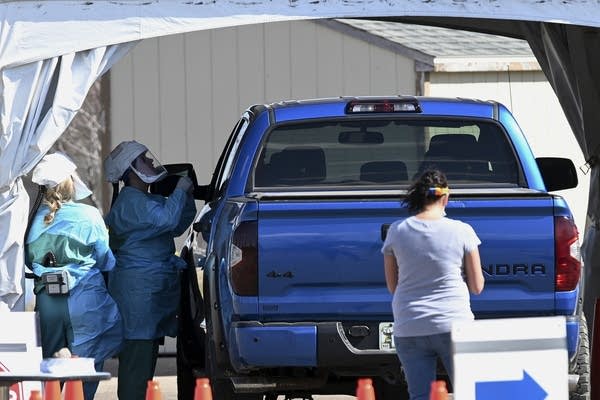May 7 update on COVID-19 in MN: Deaths top 500, on pace for 1K by June

Medical workers administer drive-up COVID-19 tests outside the Sanford Worthington Clinic in Worthington, Minn., April 18. Nobles County, where there is an outbreak centered around the JBS pork plant in Worthington, continues to have the largest outbreak outside the Twin Cities and the largest by far of any Minnesota county relative to its population.
Aaron Lavinsky | Star Tribune via AP file
Go Deeper.
Create an account or log in to save stories.
Like this?
Thanks for liking this story! We have added it to a list of your favorite stories.


